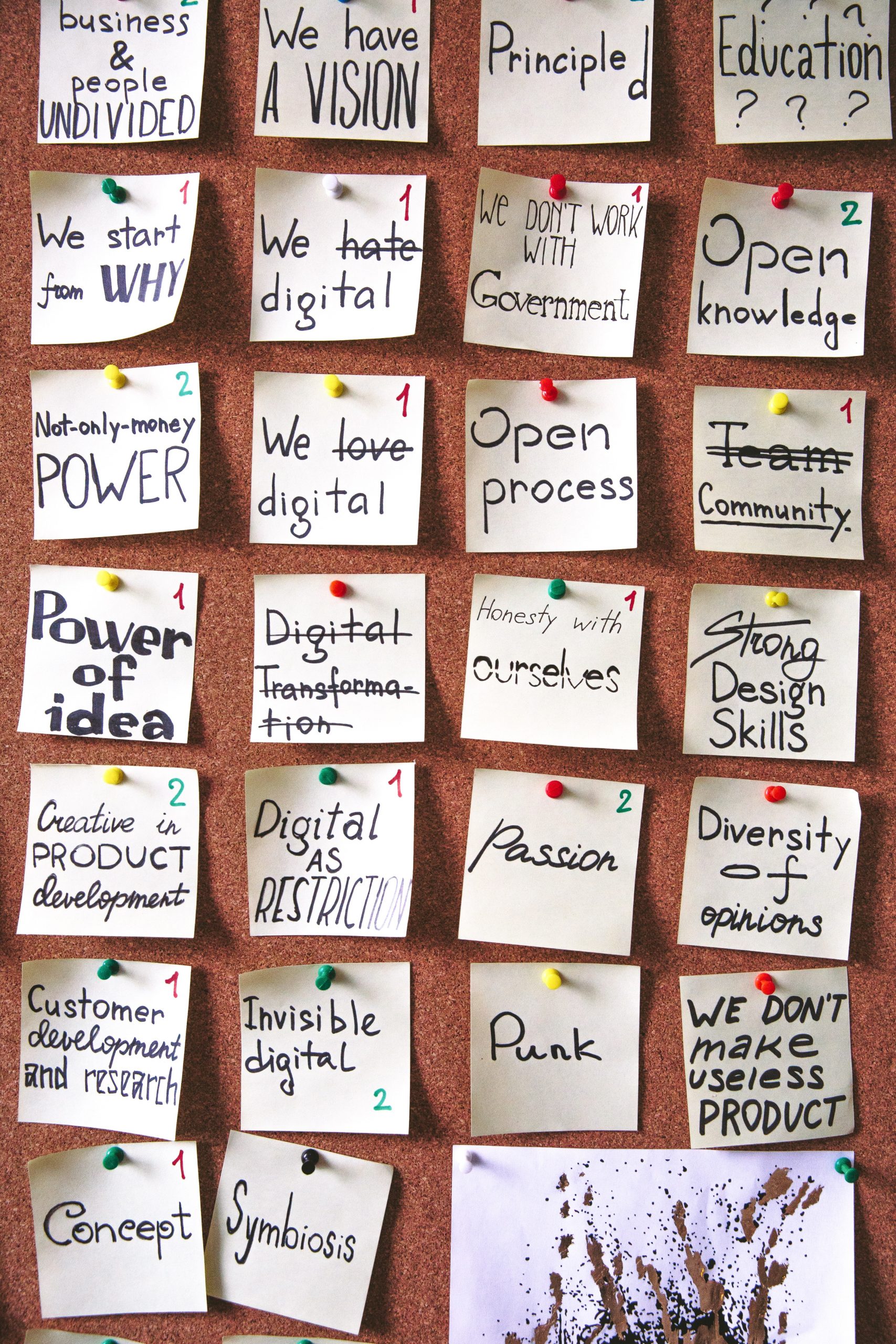January 5, 2021
How to Create an Effective Buyer Persona That Drives Sales – Part 2

Creating an effective buyer persona requires a lot of work to understand your audience and each type of customer you sell to. You must be willing to dive deep into research and work to uncover true customer pain points and goals.
In part 1 we looked at the key data points you can start with to build a buyer persona. We worked to understand how to uncover pain points and goals that will help you better define what you offer.

Here we put that data to work and look at what it takes to actually build a buyer persona and start working with one today.
Understand How You Can Help
Once you have a thorough knowledge of your customer pain points and goals, it’s time to create a clear picture of how your services and products can help.
At this step, you need to stop thinking about your company in terms of features and dig deep to analyze what you will give to customers. Reframe your offering to center around meeting the needs of others, rather than the needs of your business.
It can be difficult for marketers to get out of the feature mindset. After all, it is their primary job to sell a service/product based on the features and benefits. However, this is not how modern marketing works.

If you want to get anywhere with today’s consumers, you have to be willing to put their needs and wants above your own. Trust this process or you will soon learn that customers are smarter than you thought. If you are seeking to sell over anything else, people will see right through that.
Not only does this diminish brand trust, it sends an inauthentic message to your audience i.e. “we only care about money.”
This is what makes a buyer persona so important. They help a marketing team change its path of thinking and consider the solution from a buyer’s point of view. This is good practice for creating content and campaigns from the purchasing perspective. It helps the sellers truly walk the buyer’s journey.
The Difference Between a Feature and a Benefit
Although the words are synonymous, a feature and benefit of a product can be two very different things. A “feature” is what your product does, while a “benefit” is how your product/service can make a customer’s life easier and better.
A prospect will be much more interested in your brand benefits because it’s more relevant and speaks directly to them.
For all of the pain points and goals you’ve collected, it’s important to ask a few questions like:
- How can we help?
- Capture this in one sentence and add it to the buyer persona template
- What are their main purchasing barriers?
- How can you help people overcome their obstacles?
- Where are people at in their buying journey?
- Are they still researching or ready to buy?
- Are they reading reviews?
Again, one of the best ways to quickly understand your customers is to speak with the people that deal with them directly. This typically starts with sales teams and customer service. They are both heavily involved in the buyer’s journey.
It’s also a good idea to go straight to the horse’s mouth. Consult customers directly or run a survey on social media to gain a better understanding of where your audience is at.
Developing Your Buyer Persona
Now it’s time to gather all of your research and start looking for common characteristics. This will form the basis of your unique buyer personas.
For example, let’s say you identify a core group of fathers in their 40’s who live in small towns, like to fish, and own an RV. Now it’s time to take this collection of abstract characteristics and turn them into a single, fictitious person that represents the group.

This makes it easier to manage the customer segment as a whole while still keeping your messages relevant. It turns them into a person that’s easy to speak to.
Aim for the same volume of data you would expect to see on a dating site or what you might learn from a short conversation at a bus stop. Don’t forget to always include pain points and goals. These are what will drive your campaigns and leverage sales.
An Example of a Buyer Persona
For example, your group of dads in their 40s that love to fish can be represented by a buyer persona named Mike Fish. Based on research, you’ll give Mike representative characteristics that make him a real person, like:
- He is 42 years old
- He has 2 kids. Boy age 5, girl age 7
- He lives in the Midwest
- He likes to flyfish in New England
- He has limited vacation time
- He works in construction
Etc., etc., etc. Obviously, the more details you add, the easier it is to see Mike as a real human being. However, simple listing out these characteristics does not make it a persona. That requires writing a realistic description of this person, including wants, needs, and buying behavior.
Mike is a representative of a larger customer base. So not every characteristic will apply to every person in this audience segment—but it represents the customer group as a whole. It allows you to see these people in a human way rather than a group of data points.

The idea is that it’s a lot easier to speak to “Mike” than it is to a group of 40-year-old fathers who like to fish. It creates a more personable experience that relaxes your sales team and motivates marketing.
As you flesh out the buyer persona make sure you include information on who each persona is now and who they want to be. This enables these personas to grow with the brand. It helps you to think about how your products and services can help get people to that next place of ambition.







